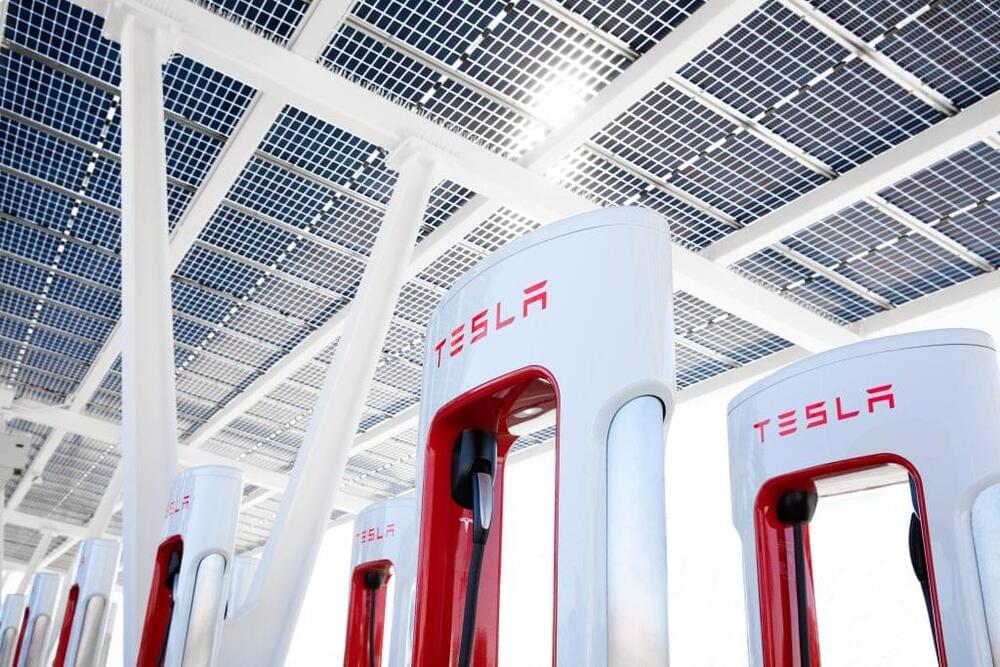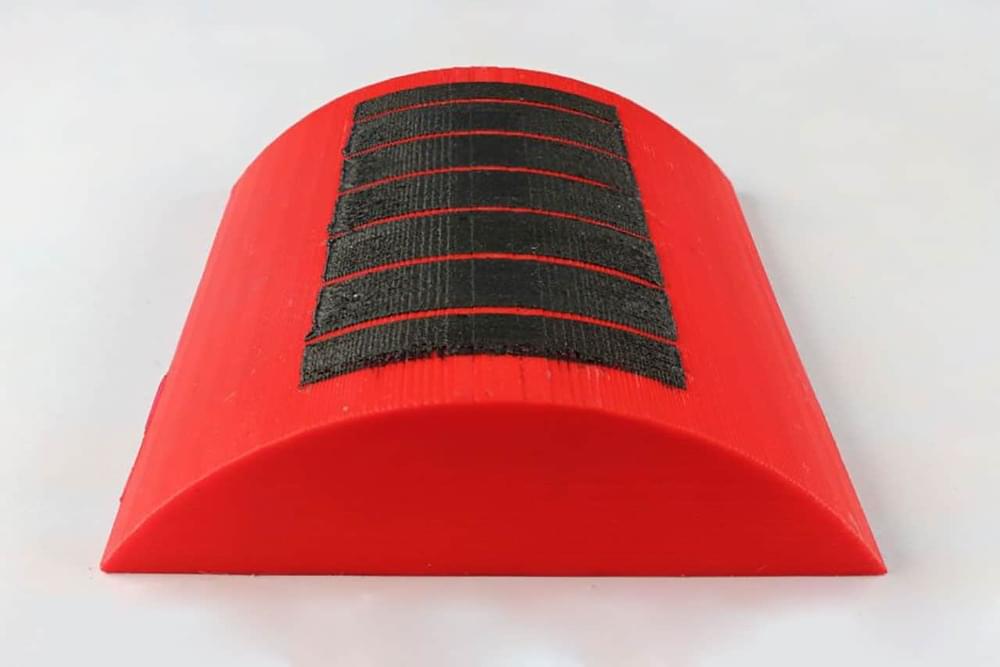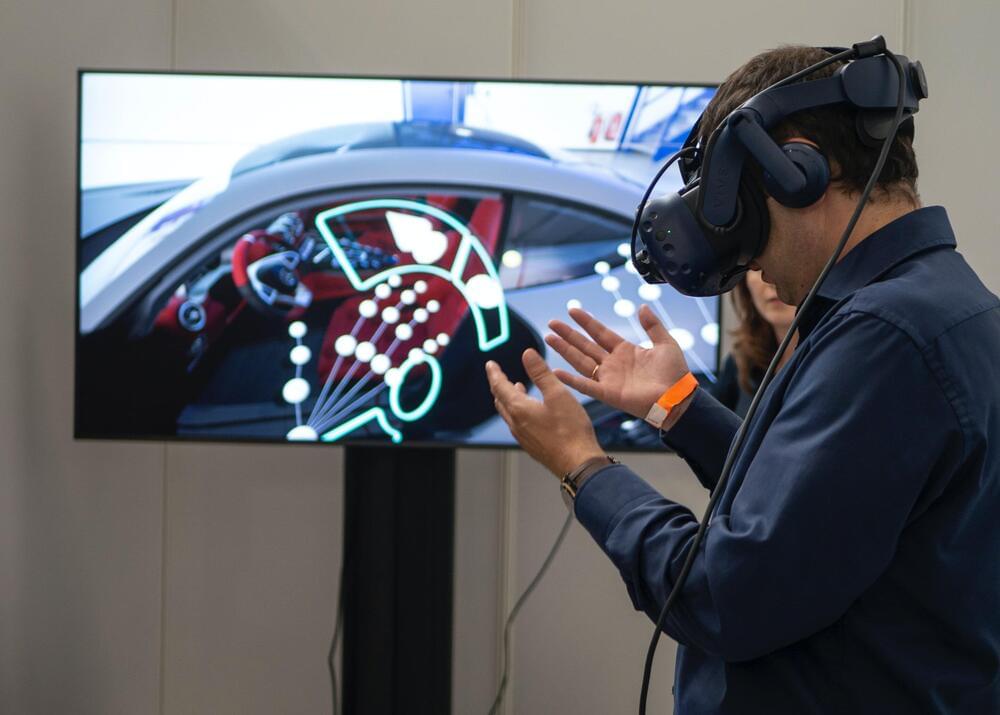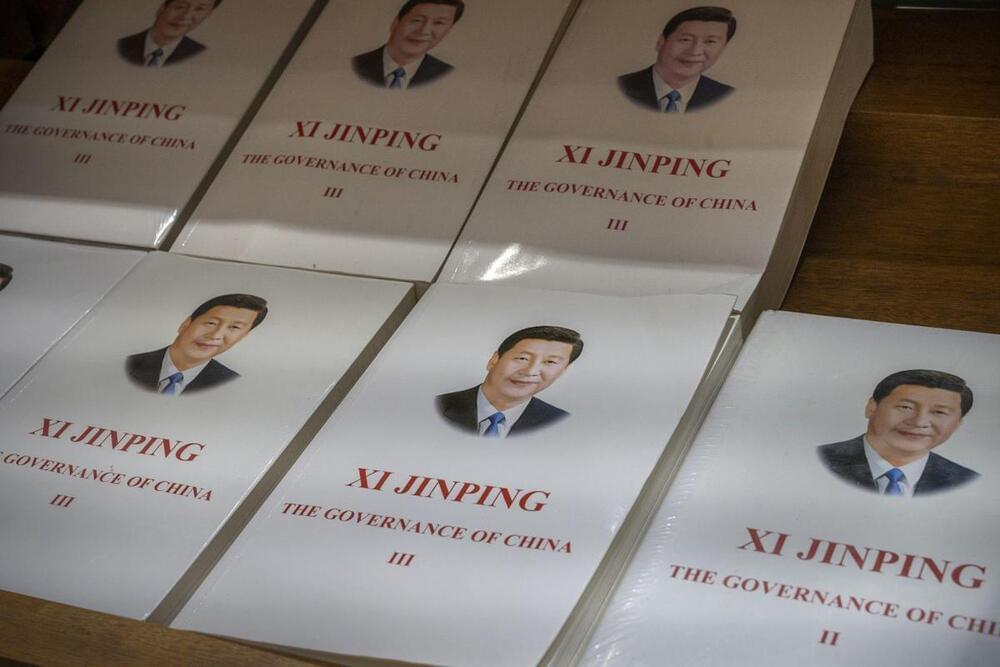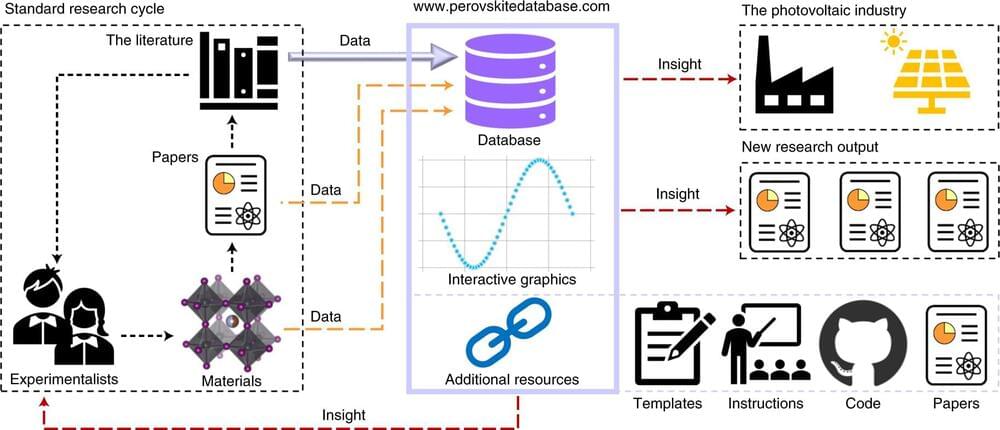Dec 21, 2021
Tesla launches Free off-peak Holiday Supercharging around the U.S.
Posted by Genevieve Klien in category: transportation
Tesla has launched Free Holiday Supercharging during off-peak hours for the Holiday Season. From December 23 to December 26, Tesla will offer free Supercharging in various locations across the U.S. when charging before 10 AM or after 7 PM.
Tesla will offer the free off-peak Supercharging in eleven states across the U.S.: California, Nevada, Utah, Arizona, New Mexico, Colorado, Texas, Oklahoma, Florida, and Pennsylvania. All four of Tesla’s vehicles will be eligible for the free Supercharging promotion. 75 Supercharging stations will be online for free Supercharging during the off-peak times.
“Avoid the rush this holiday season and charge for free during off-peak hours at Superchargers along select travel routes in the United States,” Tesla wrote on their website. Charging during off-peak hours is usually a less expensive experience, to begin with, because it puts less stress on the grid. However, the Holidays are a high travel time. Despite Tesla’s expansive Supercharger network with over 25,000 locations globally, things will still get pretty congested, especially as AAA estimates that 109.5 million travelers will hit the road to celebrate the Holidays with family this year.
